Analyze 3D Printed Cars: It's Soon to Get Close to Volume Production

Local Motors' Strat 3D Printed Car
Local Motors claims that Strati is the world's first 3D-printed car, but in fact, as early as this April, Jim Kor and his Kor Ecologic team from the United States have also released a 3D-printed car called Urbee 2. . It is a hybrid three-wheeled vehicle. The body material is plastic and the number of parts is about 50. However, Strati was the first 3D-printed car product to really hit the road and accept a media test drive.

Urbee 2, like not a geek?
Introduced here, we can easily see Strati as a simple low-speed electric car. This kind of vehicle is everywhere in some provinces in China. So what's so powerful about it? The answer, of course, is 3D printing. Strati's body panels, hood (and, of course, only cosmetic and aerodynamic requirements on it), chassis light components, were all printed on a 3D printer. Print them for a total of 44 hours.
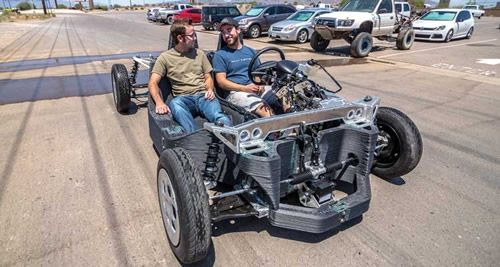
Strati without a body covering is testing
The term 3D printing should not be unfamiliar to us, but how does it work? Perhaps many people do not understand it. At present, many 3D printers have entered commercialization, and prices range from a few K to several W. Its principle is to melt the filaments of the coiled thermoplastic material and then superimpose the raw materials layer by layer on the nozzle according to the 3D digital model. For Strati, its body, chassis and other components, are carbon fiber reinforced thermoplastics. In addition to the body panels and chassis, the parts used in Strati such as seats, glass, batteries, motors, and tires are still traditional methods of manufacture. The printer can be seen here as a "machine tool" for the body parts, but it does not require stamping, welding and other processes.
Officially claimed that Strati only has 40 parts, compared with 20,000 parts of traditional cars, 3D printing makes the production and manufacturing of cars easier. But actually seeing here you should understand that the so-called 40 units should be parts. The so-called 20,000 units are parts. If Strat's motors, batteries, conventional systems, etc. are disassembled, the number of parts will not be a small number.
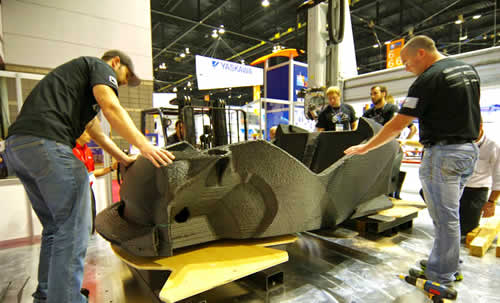
Workers checking the printed Strati chassis
The 3D printing of automobiles is a major breakthrough in the production and manufacture of human vehicles. However, it is too early to say that it poses a revolutionary threat to traditional automobile manufacturing. Why do you say that?
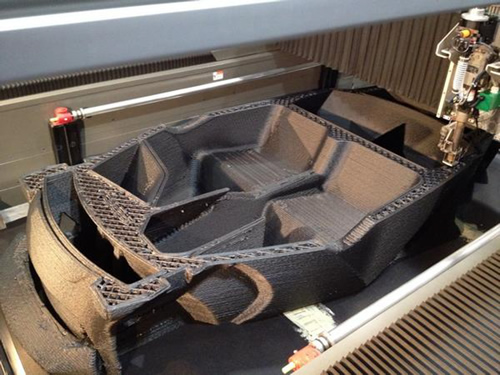
Strati chassis being printed
First of all, the raw materials used for 3D printed body panels are currently only thermoplastic materials, and this obviously does not meet the needs of a truly mass-produced vehicle. Carbon fiber? It sounds like it is feasible, but the cost is not currently acceptable for production cars.
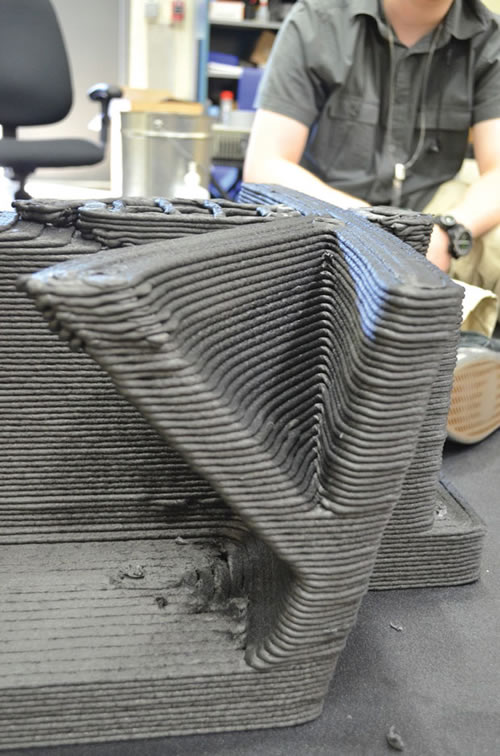
Chassis after printing is completed, very obvious cascading texture
Second, if we take a closer look at Strati's photos, we can see that its body is not shiny. This is because of the material itself. On the other hand, 3D printing is the accumulation of layers after the material is melted. The precision of the nozzle determines that its surface cannot be smooth. Now the domestic market for 3D printers, the diameter of the nozzle is about 0.2-0.5 mm. After the printing is completed, the appearance of the vehicle needs to be polished by grinding the machine tool. So, if you want to use a 3D printed body directly, the roughness is not something we can tolerate.

Polishing after printing is finished, texture remains
Third, the safety of 3D printed cars is the biggest threat to the current mass production. Constrained by raw materials, there are no small security threats in the collisions and spontaneous combustion of 3D printed cars. If these problems are not solved, even if the process problems are improved, it will be difficult to replace the production vehicles.
summary:
The advent of the Strat 3D printing car is an event that we should definitely focus on. However, at this stage, although it has been on the road, it is still only the first-class guinea pigs, and it is still too early to reach mass production. However, no one can tell. After 10 years and 20 years, whether 3D printing cars really wipe out any obstacles and make personalized customization possible. At that time, parts suppliers, 3D printers, and Internet companies might not really have a problem with a conventional car company.
Product Introduction
Nonionic polyacrylamide PAM Flocculant is a type of water treatment chemical with soluble high molecular weight polymer or polyelectrolyte. It is white powder or granule with the solid content ≥90% and molecular weight of 2-22 million. It is non-toxic, and can be dissolved in the water easily but not the organic solvents. PAM Polyacrylamide Flocculant, DBNPA 2,2 Dibromo 3 Nitrilopropionamide , TTA Tolyltriazole , Polyaluminum Chloride PAC and Isothiazolinones Bactericide are all Water Treatment Material .
Product Advantage
1). Flocculation ability, high adsorption activity, floc formation and deposition quickly.
2).Without alkali and other additives, PH broad in scope, ease of use; for low-temperature, low turbidity, low alkalinity of the raw water is also good flocculation.
3).Easy to use and high effective.
Specification
1) Molecular weight: 12 million.
2) Solid content: ≥90.
3) Residual monomer: 0.05-0.1%.
4) Dissolution time: ≤50min.
5) Appearance: White powder/granule.
|
Type |
Anionic PAM |
Cationic PAM |
Non-ionic PAM |
|
Appearance |
White powder |
White powder |
White powder |
|
Solid content ,% |
≥90 |
≥90 |
≥90 |
|
Molecular Weight |
8-20 million |
8-12 million |
12 million |
|
Ionic degree,% |
80 |
40-80 |
≥3 |
|
Insoluble,% |
≤0.1 |
≤0.1 |
≤0.1 |
|
Dissolving time(min) |
≤60 |
≤60 |
≤60 |
Package
In 25KGS plastic bag or made to order.
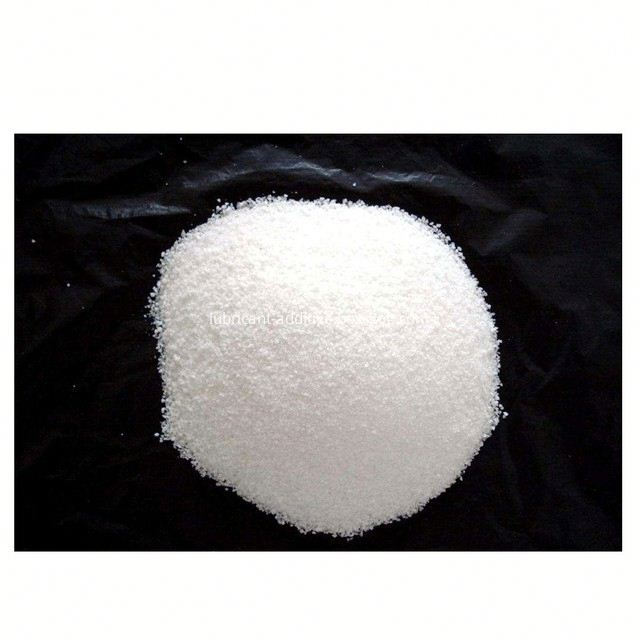
Water Treatment Chemical Polyacrylamide,Pam Polyacrylamide Flocculant,Polyacrylamide Flocculant,Water Treatment Flocculant Pam
Zhengzhou Chorus Lubricant Additive Co.,Ltd. , https://www.cn-lubricantadditive.com